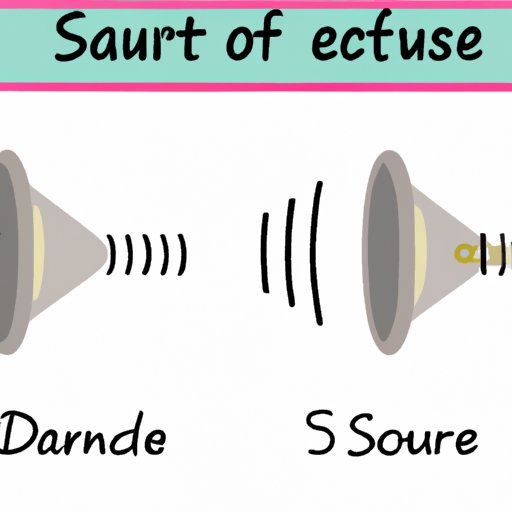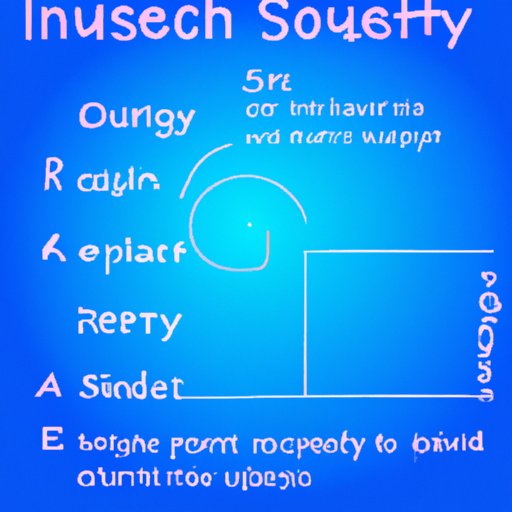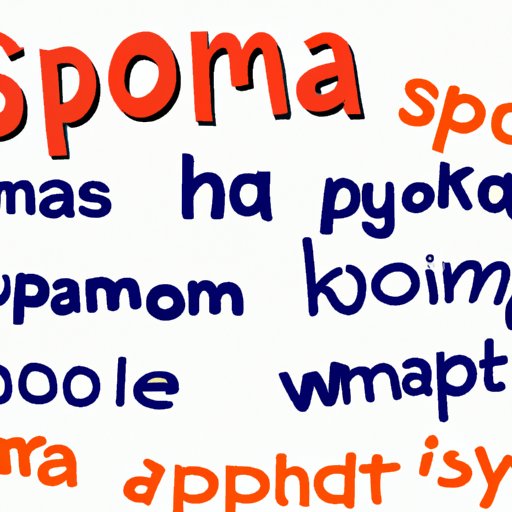Introduction
Writing can be a powerful tool for conveying emotion and creating vivid scenes in the minds of readers. But how do you capture the sounds that are integral to any scene? Describing sounds in writing can be tricky, but with the right techniques, you can accurately convey the sounds of your story and make it come alive for your readers.
Onomatopoeia is a literary device used to represent a sound or action. It is derived from a Greek word meaning “name-making” and can be used to create vivid descriptions of sounds. From the gentle trickle of water to the loud bang of a door slamming shut, onomatopoeia can help you paint a picture of what your characters are hearing.

Use Onomatopoeia to Capture Sound
Onomatopoeia is a great way to illustrate a specific sound in your writing. It can be used to describe both natural and man-made sounds. Here are some examples of onomatopoeia:
- buzz
- hiss
- bark
- whirr
- bang
- meow
- honk
Onomatopoeia can be used to capture the exact sound that your character is hearing. It can also be used to emphasize a certain sound by repeating it throughout the passage. For example, if you wanted to emphasize the sound of thunder, you could write something like this:
“The thunder roared, rumbled, and thundered through the night sky.”
By repeating the onomatopoeic word “thunder,” you can emphasize the sound and make it stand out in the reader’s mind.

Describe the Sound in Comparison to Another Sound
Another technique for describing sounds in writing is to compare them to other sounds. This can be done by comparing the sound to a familiar sound or object. For example, you could describe the sound of a car engine revving as a “loud purr, like a lion’s roar.” This comparison helps the reader visualize the sound and understand the intensity of it.
You can also use comparisons to contrast two different sounds. For example, you could describe the sound of a waterfall as “a light trickling compared to the thundering of a nearby river.” This comparison helps the reader understand the difference between the two sounds and appreciate their distinct qualities.

Include Sensory Details Like Volume and Pitch
Including sensory details in your sound descriptions can help your readers better visualize the sound. You can include details such as volume (loud, soft, etc.) and pitch (high, low, etc.). For example, you could describe the sound of a train whistle as “a long, low whistle that echoed across the valley.” By including these sensory details, you can give your readers a better sense of what the sound is like.
You can also include details about the environment in which the sound occurs. For example, you could describe the sound of a bird chirping as “a cheerful chirp that filled the morning air.” This description not only captures the sound itself, but also conveys the atmosphere in which it occurs.
Describe How the Sound Impacts the Environment
In addition to describing the sound itself, you can also capture how the sound impacts its environment. For example, you could describe the sound of a thunderstorm as “a rolling rumble that shook the ground and sent birds scattering into the sky.” This description not only captures the sound, but also conveys the impact it has on its surroundings.
You can also use this technique to capture the reactions of other characters. For example, you could describe the sound of an explosion as “an earth-shattering boom that made everyone jump in fear.” This description captures not only the sound, but also the reaction of the characters to it.
Utilize Metaphors and Similes
Metaphors and similes can also be used to describe sounds in writing. A metaphor is a figure of speech that compares two unlike things without using the words “like” or “as.” For example, you could describe the sound of a train passing by as “a long silver snake winding its way through the countryside.” This metaphor captures the sound of the train and also gives the reader a vivid image of what it looks like.
Similes are similar to metaphors, but they use the words “like” or “as” to compare two unlike things. For example, you could describe the sound of a fire crackling as “a low roar like a lion’s growl.” This simile helps the reader visualize the sound and understand its intensity.
Conclusion
Describing sounds in writing can be a challenge, but with the right techniques, you can accurately convey the sounds of your story and make it come alive for your readers. Onomatopoeia can be used to capture a specific sound, while comparisons can be used to contrast two different sounds. You can also include sensory details such as volume and pitch to give your readers a better sense of what the sound is like. Finally, metaphors and similes can be used to capture the sound in a creative and vivid way.
By utilizing these techniques, you can create vivid descriptions of sound that will bring your stories to life for your readers.
(Note: Is this article not meeting your expectations? Do you have knowledge or insights to share? Unlock new opportunities and expand your reach by joining our authors team. Click Registration to join us and share your expertise with our readers.)
